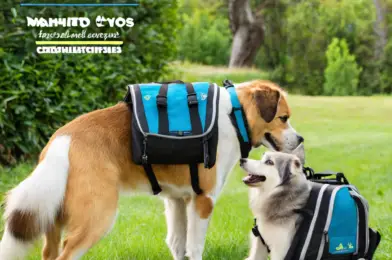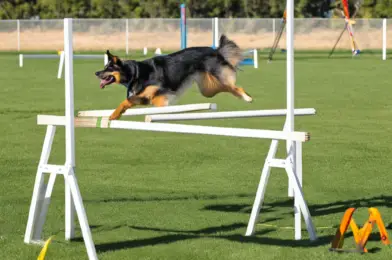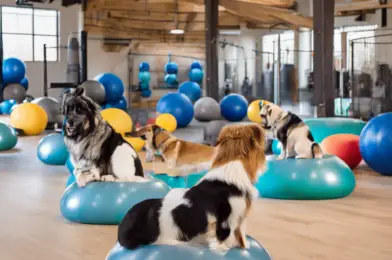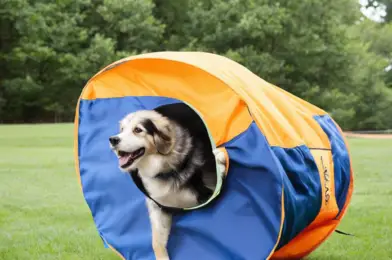Dog owners are always seeking innovative ways to exercise and bond with their furry friends, and one unique method gaining popularity is the use of dog backpacks for weighted exercise. This trend combines the practicality of a backpack with the health benefits of added weight, providing a stimulating workout for dogs while also enhancing their balance and strength. In this article, we will explore the various types of dog backpacks available for weighted exercise and help you determine the best option for your beloved pet.
**Weighted Dog Backpacks: An Introduction**
Weighted dog backpacks are designed to provide a challenging and engaging exercise experience for your canine companion. These backpacks allow you to add weight, typically in the form of small sandbags or metal plates, which can be adjusted to suit your dog’s strength and fitness level. As your dog walks or hikes with the backpack on, they engage more muscles and burn extra calories, leading to improved physical conditioning. This approach is particularly beneficial for working breeds like Border Collies, Australian Shepherds, and German Shepherds, who thrive with jobs and tasks.
**Understanding the Benefits**
The primary advantage of using weighted dog backpacks is the increased physical challenge they provide. By carrying additional weight, dogs strengthen their muscles, especially in the back, legs, and core. This can be especially beneficial for dogs that are underweight or lack muscle tone. Moreover, weighted exercise can help calm anxious dogs by providing them with a job to focus on during walks, reducing restlessness and promoting a sense of purpose.
**Different Types of Dog Backpacks**
The market offers two main types of dog backpacks for weighted exercise: saddlebag-style and harness-style. Saddlebag backpacks are the most common, featuring two pouches on either side of the dog’s body, evenly distributing weight. These are ideal for longer hikes or walks, allowing your dog to carry their own water, snacks, and other essentials. Harness-style backpacks, on the other hand, are designed to be worn across the dog’s chest and shoulders and are generally used for shorter, more intense walks or agility training.
**Saddlebag-Style Backpacks**
Saddlebag-style backpacks are a great choice for hiking or extended outdoor adventures. They come with adjustable straps, ensuring a secure fit and preventing the backpack from shifting during movement. Reputable brands like Ruffwear and OneTigris offer durable, high-quality options with features like reflective strips for visibility, padded handles for control, and multiple attachment points for leashes or accessories.
**Harness-Style Backpacks**
Harness-style backpacks are excellent for shorter, more action-packed activities. They are lighter and less bulky than saddlebag packs, making them more suitable for urban environments or agility courses. The Kurgo Fit-n-Run backpack is a popular choice, featuring a lightweight design, reflective trim, and breathable materials for comfort.
**Safety and Comfort Considerations**
When using weighted dog backpacks, it’s crucial to prioritize your dog’s comfort and safety. Ensure the backpack fits well, allowing your dog to move freely without restricting movement. Gradually introduce weight to give your dog time to adjust, and regularly check for signs of discomfort or fatigue during use. Always monitor your dog’s body language and adjust the weight accordingly to ensure their well-being.
In conclusion, dog backpacks for weighted exercise offer a unique and enjoyable way to enhance your dog’s physical health and mental stimulation. Whether you choose a saddlebag or harness-style backpack, this equipment can make walks and hikes more engaging, providing your pet with a sense of purpose and improved fitness. As with any new exercise routine, consult your veterinarian before starting and always prioritize your dog’s comfort and safety. Happy trails to you and your canine companion!










